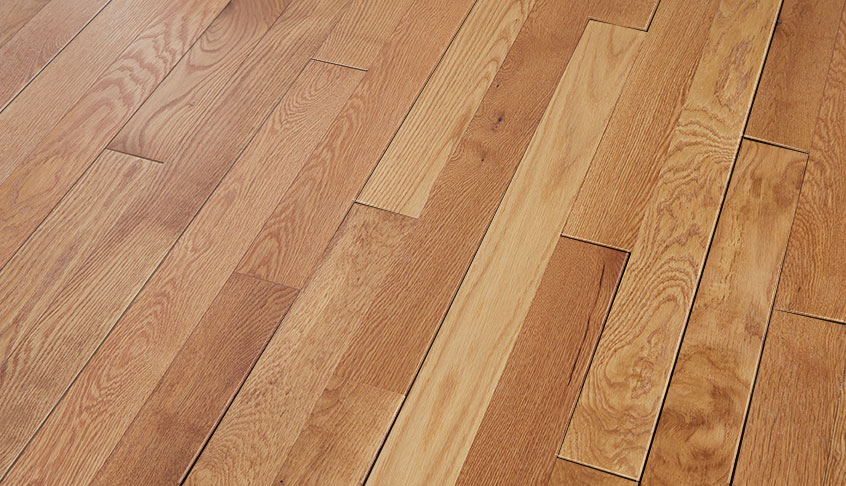
Homeowners should not fret if they see these seasonal gaps as they are natural and are due to the moisture change in the environment. As your HVAC or heating unit pulls the natural moisture out of your home (the same reason we often feel that our homes seem dry in the winter), your hardwood flooring will dry out a bit too. As the wood in the flooring dries out and loses moisture, the planks will shrink in size a bit, causing the spaces that you are seeing.
Conversely, in the summertime when it becomes more humid, those same wood planks will reabsorb some of that moisture and will often return to their previous state. There really is only one way to prevent those gaps from forming and that is by maintaining a consistent level of air humidity in your home year-round. Fortunately, many homeowners already use a humidifier or dehumidifier to make the occupants of the home feel more comfortable, and this will, in turn, help your flooring.
A humidifier will introduce moisture to the forced air system and then your furnace will distribute that moistened air throughout your home, which will inevitably reach your floors. If you do not want to install a humidifier on your furnace, you can also leverage a portable dehumidifier unit, boil water in the kitchen, or even hang damp clothing to dry within the home (assuming you have a small section of wooden flooring). In smaller spaces, this will help release that moisture into the environment, which will also help combat the dryness that you feel on your skin and in your throat.
Too much moisture, however, can do more harm than good. So, it is important that you maintain an appropriate balance. A good way to know if your home has too much moisture is to watch for the build-up of excessive condensation on your exterior windows or doors.
While seasonal gaps are normal, abnormal gaps should be addressed by a flooring professional
These abnormal gaps are those that do not expand again by the end of the summer. The most common cause of this is when the flooring absorbs too much moisture at the time of installation, or immediately thereafter. This is generally because new building materials often have not had the time to dry out properly and a floor needs to be fully acclimated to the home before it is installed (read more about the importance of acclimation here). Recently installed drywall, plaster, paint, tile, and concrete can create significant sources of excess moisture. To combat this problem, run a dehumidifier to reduce the moisture level in your home before the flooring is delivered and allow the flooring to acclimate to living conditions before you install.
Over-drying of the flooring can also cause abnormal gaps. In many cases, the root cause of this is a wood burner or a fireplace. If you use a wood burner or fireplace, you should add moisture into the home environment to help avoid damage to your floor.
Yet another cause of abnormal gaps comes when the house or foundation settles. When these exterior walls settle, or the center support beams move, the area of the floor will stretch. As a result, you may see noticeable gaps over the joint in your sub-flooring.
Thankfully, it is possible to correct these extreme gaps, and the best time to do so is during the more mild months of April or October. You can camouflage the gaps in your flooring by using a color-matched filler suitable for hardwood flooring. If the floor needs to be sanded down or refinished first, you may want to consult with a professional flooring contractor before attempting to do this yourself. If you want the best possible results, then it is highly recommended that you resist the temptation to make this a DIY project. When properly repaired, abnormal gaps are practically unnoticeable.
For additional information concerning your floors, please visit our frequently asked questions. You can also request 3 free samples of any of our flooring products, find local retailers, or contact our team of flooring experts to answer your lingering questions.
